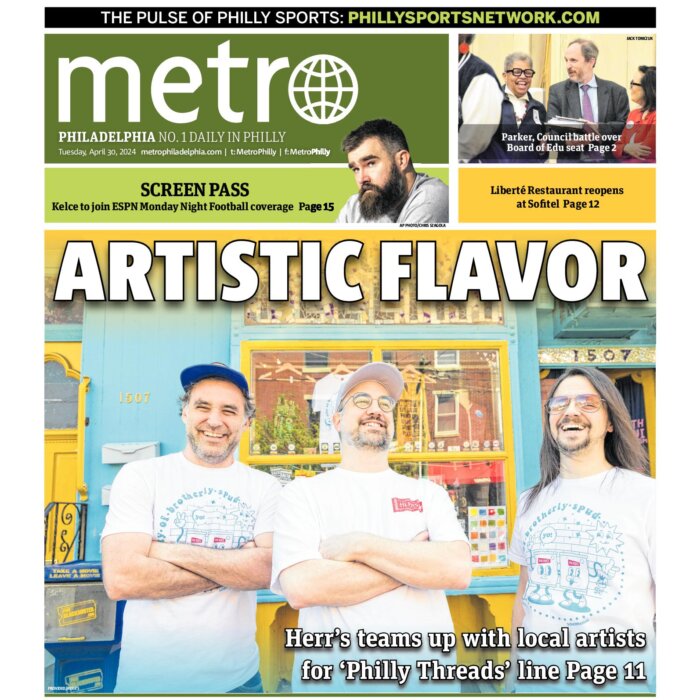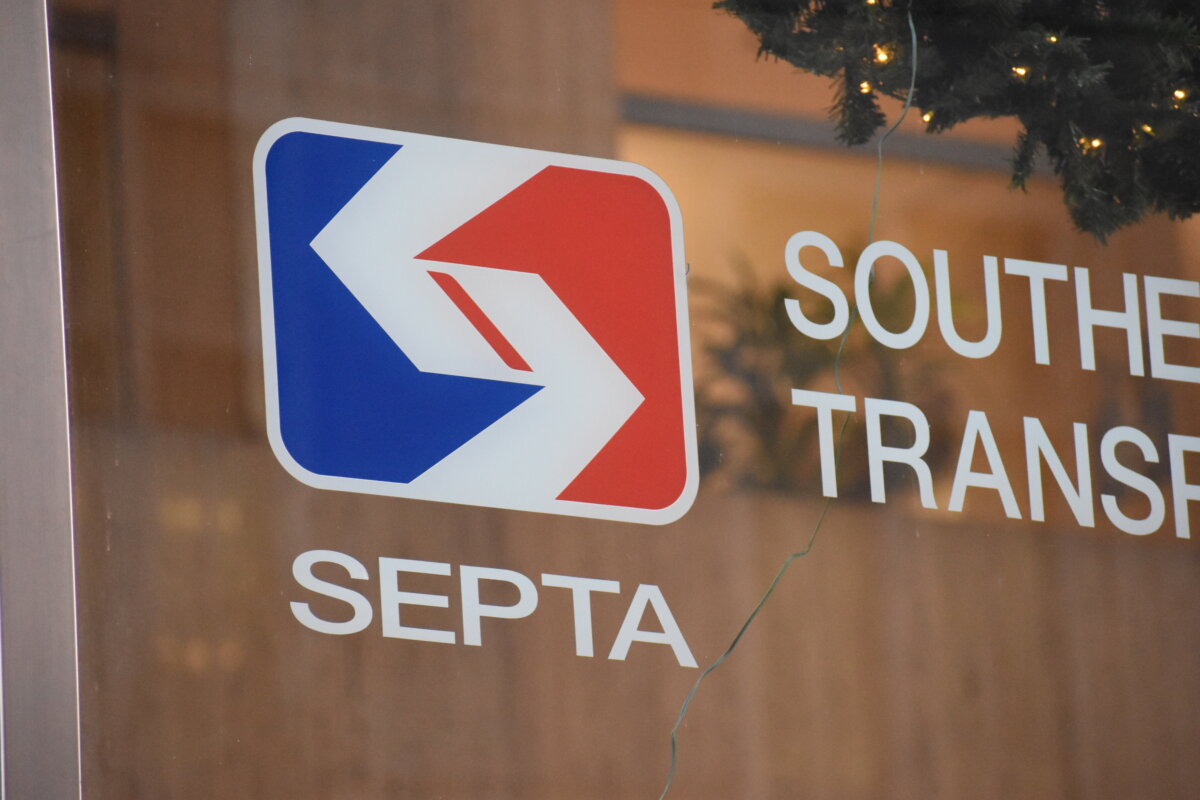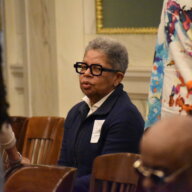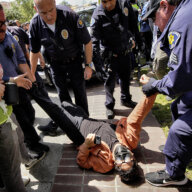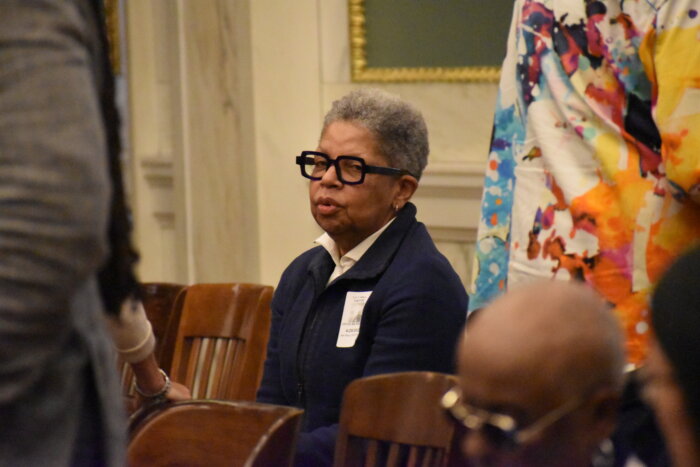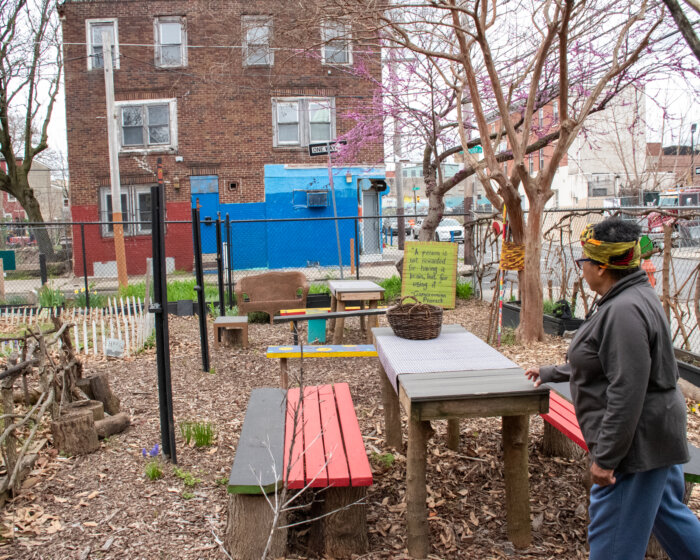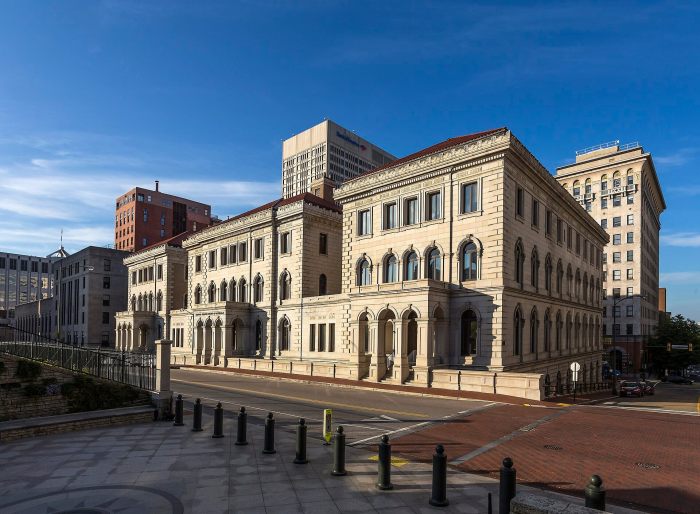Changes to the region’s bus network will likely not go into effect until 2025, after SEPTA’s board canceled a meeting last week to take a vote on the authority’s Bus Revolution plan.
Members of City Council, led by Majority Leader Katherine Gilmore Richardson, intervened to ask for additional time to consider the proposal and organize meetings with the public.
While the dates and locations of those sessions have not been finalized, there will not be enough time to bring the plan back to the authority’s board at its next scheduled meeting, Feb. 22, SEPTA spokesperson Andrew Busch told Metro.
Board members were initially supposed to consider Bus Revolution, as the years-long project is known, in December but decided to delay a decision. At January’s meeting, the vote was tabled for a special meeting two weeks later. That meeting, which was set for Feb. 8, was called off.
Implementing the redesign would involve an extensive outreach campaign along with an internal effort to educate drivers and other staff. The idea is to put the plan in place during a process – held a few times each year – referred to as a “picking,” when operators get assigned routes, Busch said.
Bus Revolution had been projected to go into effect in late summer or fall. But now SEPTA does not believe there is enough time to incorporate the changes in time for the fall picking, meaning the new network probably will not be in place until February or March 2025 at the earliest, Busch said.
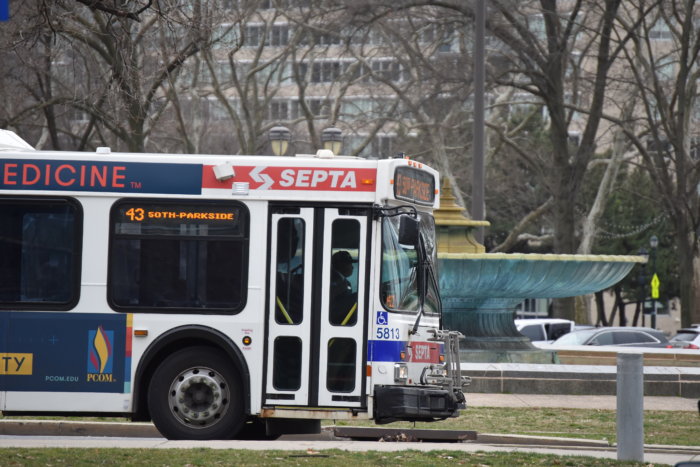
“We hope to move this forward as soon as possible,” he added. “We think there are significant positives that people are going to realize, that are going to be evident when we put these service changes into effect.”
Gilmore Richardson, at SEPTA’s Jan. 25 board meeting, said was she was “not seeking to be an obstructionist,” and, during Council’s session Thursday, indicated that getting the first bus route overhaul in decades done right was more important than adhering to a timetable.
“If it takes a few more days or a few more weeks, folks have to be okay with that,” she said.
Gilmore Richardson praised SEPTA for its community engagement; she had previously criticized the authority for a lack of diversity and consideration of older residents after attending a Bus Revolution meeting for Overbrook and Wynnefield residents.
“To many residents, the current version of the bus plan is just another example of the tale of two cities – a place where changes benefit more affluent communities and leaves those who have lived here and held this city on their shoulders the longest behind,” Gilmore Richardson said in a statement Thursday.
“For years, I’ve been watching as experts and specialists show up in our neighborhoods to tell us what we need and what will make our lives better without ever really listening to what we want,” she continued.
SEPTA and lawmakers have discussed the possibility of eight Bus Revolution public meetings in the coming weeks, with two in four Council districts.
Through several rounds of public feedback and multiple revisions to the design over the course of more than two years, SEPTA has held more than 140 in-person events and gathered comments from more than 20,000 people related to Bus Revolution.
“From our standpoint, it’s been an unprecedented effort to get public feedback,” Busch said.
The plan, as currently constructed, changes most routes, eliminates some, and introduces others. In total, the number of routes would decrease from 125 currently to 106, with six on-demand transit zones in the suburbs.
There would be 44 frequent routes – meaning buses that come every 10 or 15 minutes most of the day – compared to 33 now. Maps and information on route-by-route changes are available at septabusrevolution.com.
SEPTA set out to overhaul the region’s network in response to a 15% decrease in bus ridership between 2013 and 2019. The system had not been redesigned since the authority was formed in the 1960s.
